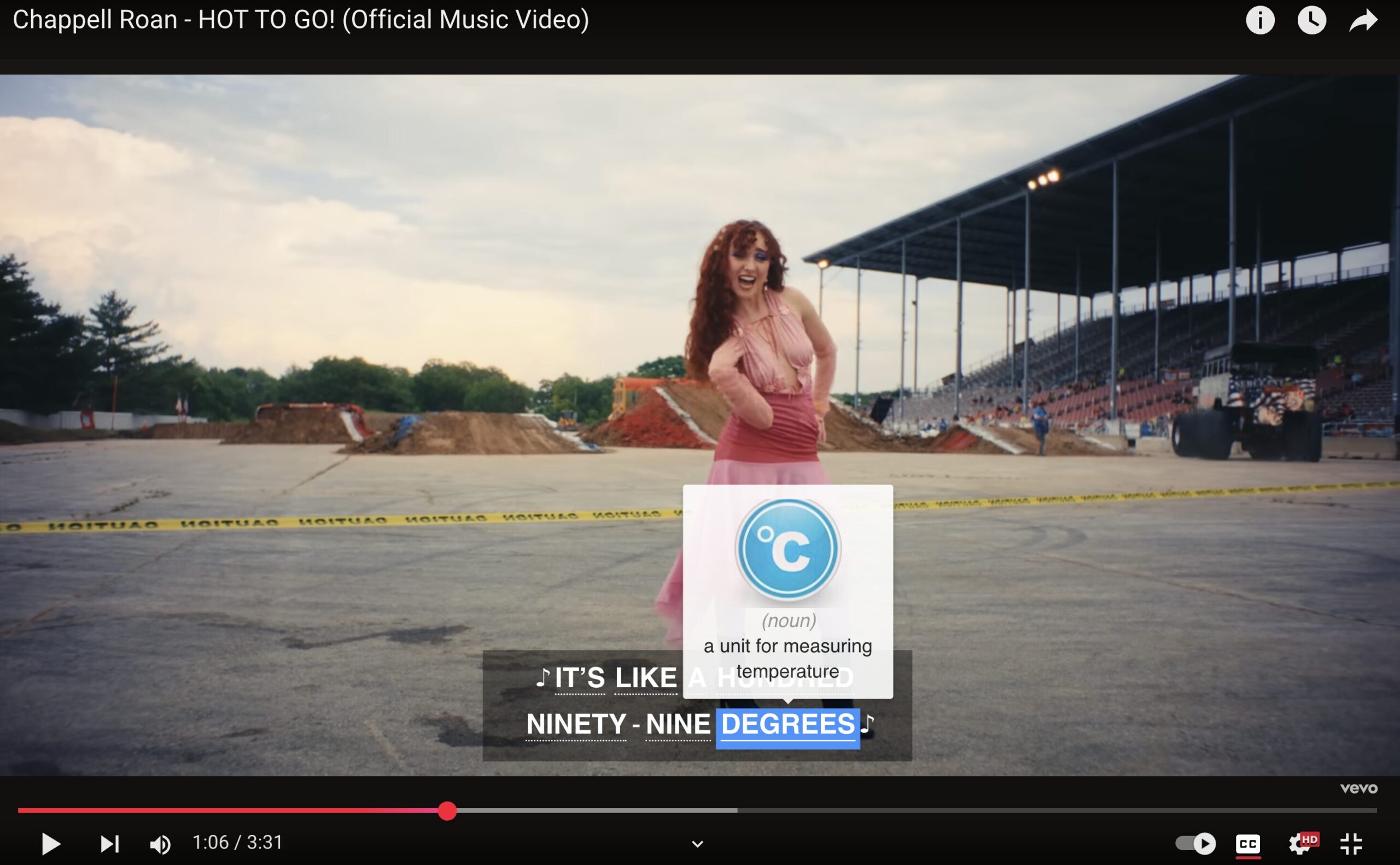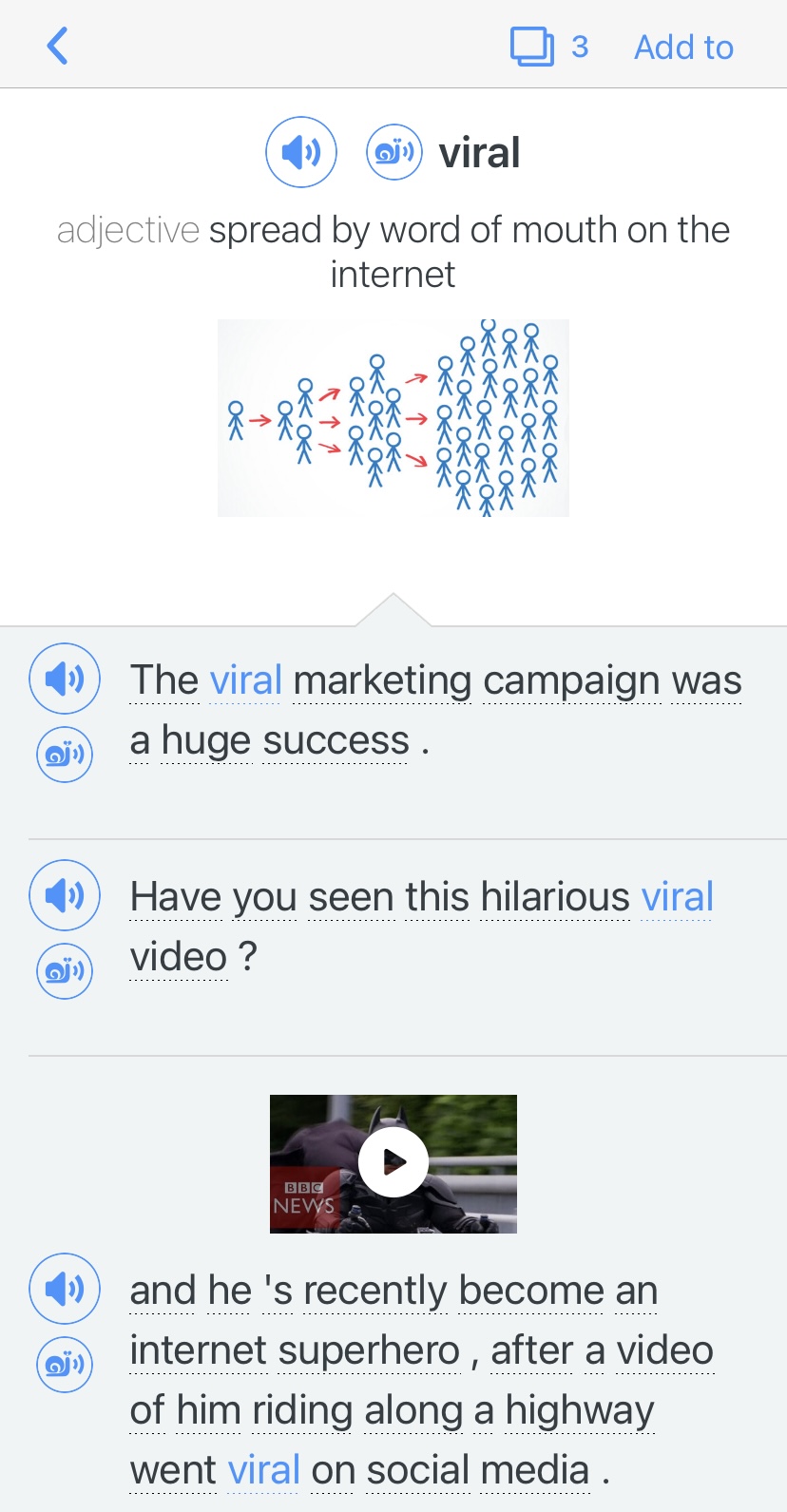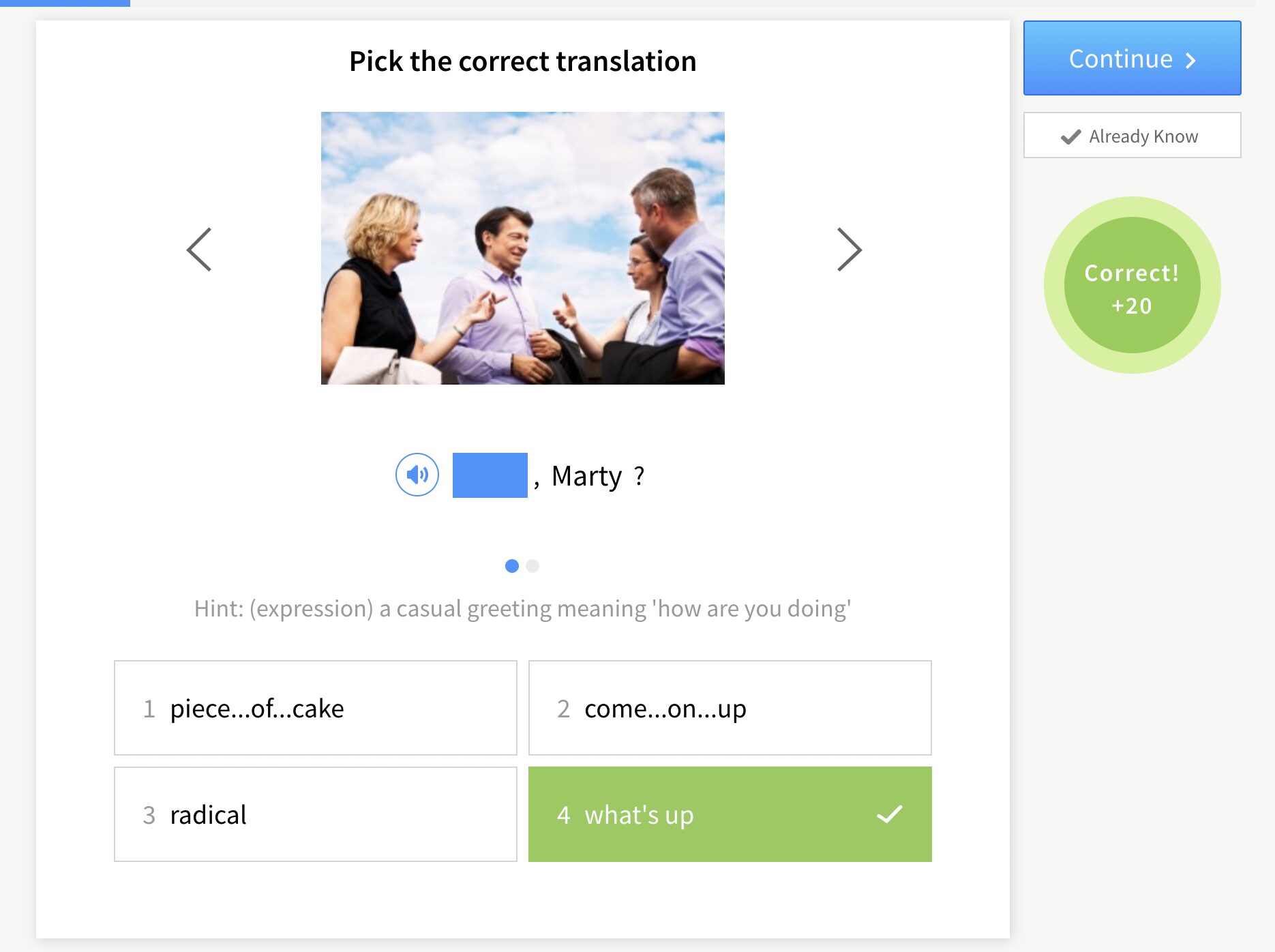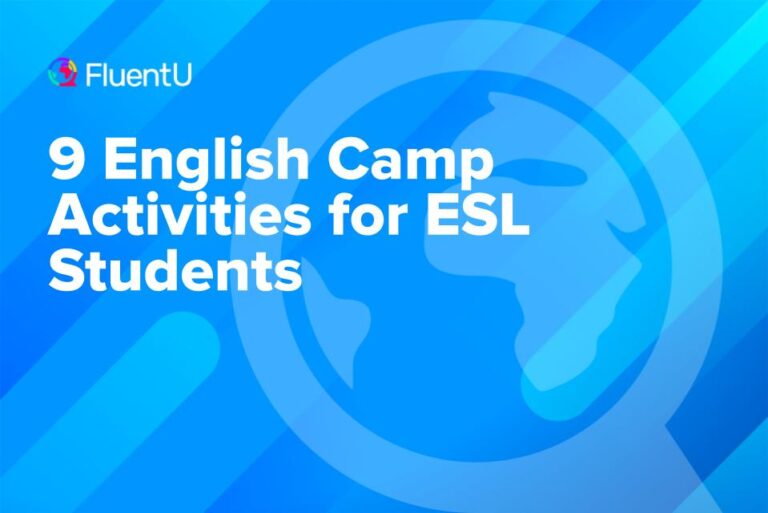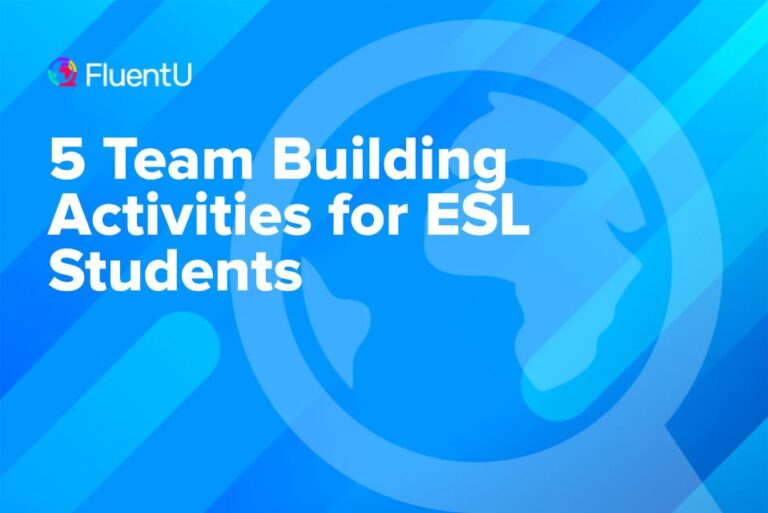Differentiation for ELL Students: 6 Key Steps
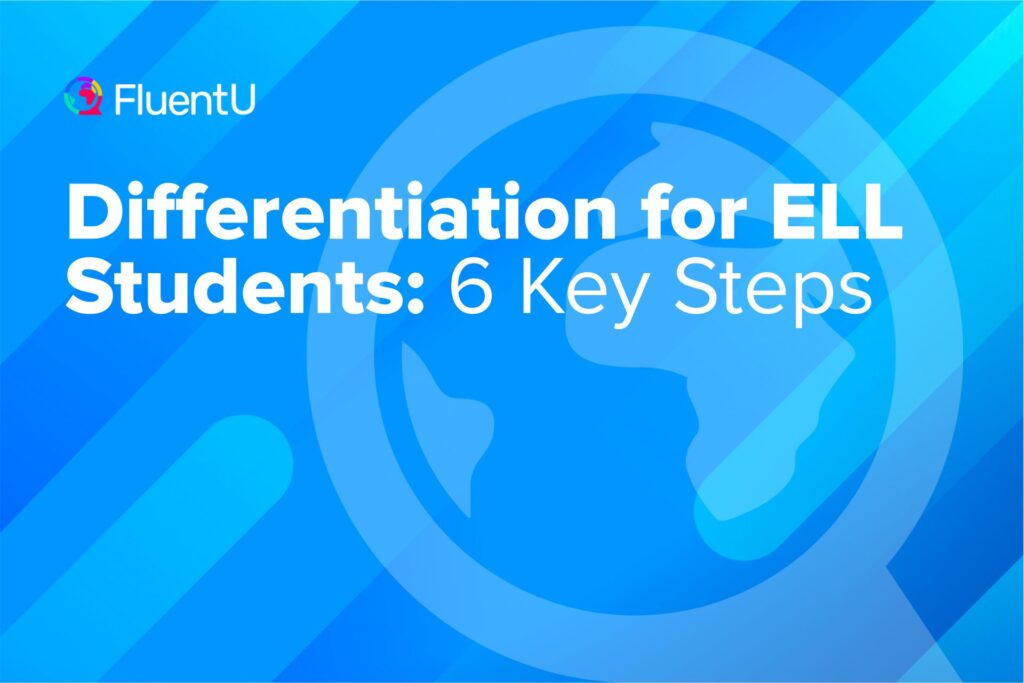
ELL (English Language Learner) students can struggle in class without a bit of extra support. Differentiation is one key strategy that can be utilized to help these students thrive in the classroom.
In this guide, we’ll explain what differentiation is, and how you can implement it in your lessons to benefit both you and your ELL students.
Download: This blog post is available as a convenient and portable PDF that you can take anywhere. Click here to get a copy. (Download)
What is Differentiation?
Differentiation is a way for teachers to alter their instructional strategies to help all students with mixed abilities and learning styles reach their academic potential. Using this strategy could mean you give different material to your ELL students.
The materials or processes would be modified to give your language learners greater success with the same tasks that your native English-speaking students are also doing.
It’s worth taking note of what differentiation isn’t to better understand its purpose:
- Differentiation isn’t scaffolding. Scaffolding means giving ELL students assistance to accomplish the tasks that the native speakers in your classroom are doing. Everyone does the same thing, but some get more help than others.
- Differentiation isn’t individualized instruction. With individualized instruction, all students have the same goals, but each student goes through the material at different speeds and in different ways.
1. Figure Out What You Can Differentiate
For ELL students, you want to give them an opportunity to learn the same academic content as native English learners. For this reason, there are quite a few things you can differentiate in your class:
- Content — This refers to what students are being taught. You can teach the same content to all students eventually, but alter the pace at which you’re teaching for different students. Students who are moving slower can be given supplementary material at the same level.
- Assessment — This refers to what types of final products you want the students to complete. This can be the same assignment, but with different expectations. It can involve giving different assignments altogether, or providing tests with simpler language for your ELL students.
- Process — This refers to how students are being taught. ELL students might need, for example, a teacher who speaks slower and uses more gestures, or even a lesson that needs more visual cues.
2. Profile Student Readiness
Student readiness is what their current understanding is of a topic or unit of study. For ELL students, it could also apply to their current level of reading, writing and oral skills.
Using student readiness to create lessons and instructional strategies means you’re creating tasks that closely match students’ skill levels and what they understand about the topic you’re teaching.
To determine student readiness, you’ll need to assess for learning. This simply means giving them a diagnostic test. Some examples include pre-assessment tasks, student response activities, formative tests or even interviews.
Aside from your own assessments, you can ask previous teachers of these students for some insight. If possible, you can even look at report cards and past work to give you a better picture of what your students’ needs are.
For example, if you see that most of your students struggle with sentence structure, you might want to differentiate the way you assess them.
You might have a different rubric for your ELL students, where you assess their content more rather than the structure of their paragraphs.
3. Identify Meaningful Goals and Objectives
A goal isn’t necessarily to have all students learn a certain thing, but rather it will indicate what ways you’ll go about helping them maximize their learning.
Think about what it is you want your students to know, to understand and to do. For example, if you want your students to learn about famous inventors, you might want to provide reading material with easier vocabulary for your ELL students.
You also want to go beyond identifying language skills. Yes, ELL students need to have differentiated learning because of their learning skills, but there are many other factors that affect their learning as well.
Think about what type of learner they are (visual, auditory, etc.), their educational and personal background and whether or not they receive support at home.
4. Create Learning Profiles
This is an important step in differentiating your classroom experience, because it can help you group students together, figure out instructional strategies and determine your differentiation goals.
Creating learning profiles doesn’t need to take a lot of time. All you need is a file for each student. Jot down notes as you need to in class and after, including their cultural background and things you observe, like how a student reacts to a lesson or any topics they’ve told you they find interesting.
Make sure you include academic knowledge, such as your pre-assessments, writing pieces and any formal or informal tests they’ve done.
5. Create Your Differentiated Strategies with Assessment Data
Don’t try out too many differentiation strategies at once. You want to be able to see if each thing you’re trying works first.
Here are some more specific ideas for the three key areas of differentiation for ELL students.
Strategies for Content Differentiation
- Change the vocabulary your students need to learn. You might simplify the text to eliminate any unnecessary vocabulary. If you’re teaching a classic English novel, you could hand your ELL students a simplified or abridged version.
- Teach them the necessary vocabulary beforehand. Give them additional materials before they tackle the main reading, such as word walls, predictograms, a word sort or semantic mapping.
- Present information in a different way. For example, you might give students the information in a graphic organizer rather than a block of text. You could use a Venn diagram, a timeline or a flowchart.
- Give your ELL students different homework assignments. This may involve decreasing the quantity of homework or the way in which they complete the assignment. You might ask the rest of the class to write a summary of something they read while your ELL students simply complete an outline template with information from the text.
Strategies for Process Differentiation
- Give students the information in manageable chunks rather than a large whole. Give students one section at a time of a nonfiction article, for example, and let the chunks build on one another.
- Consider letting groups work in their first language. If you have more than one ELL student in class, let them work together and use their native language to complete the task. Your students might have more success watching an instructional video with voice-overs, subtitles or even just talking about a problem in a more familiar language.
- Use concrete items to teach. Rather than giving them a diagram of the water cycle, give them a tangible example with this simple experiment. You can find lots of ways to make teaching more hands-on with a little thought.
- Build on your students’ previous knowledge. The more you can help students remember what they already know about a subject, the easier it will be for them to retain any new information you present. Consider having your ELL students complete a K/W/L chart or do a think-pair-share activity.
Strategies for Product Differentiation
- Use nonverbal means of assessment. Consider letting them put together a collage, make a diagram or create a poster illustrating their understanding of the information. Though these may seem like more extensive or difficult means of assessment, your ELL students might jump at the chance to show you just what they know without having to do it verbally.
- Give your ELL students more time to complete their tests. Rather than having them take the written test with everyone else in class, give your ELL students the test orally, asking the same questions but allowing them to tell you their answers rather than writing them down.
- Let your ELL students have additional tools to take tests. You might allow your students to use books or notes as they take the test, and you could certainly allow them the use of a dictionary. Or you might just rewrite your test using simpler vocabulary and grammar in the questions.
Native-level content, such as materials typically used in a classroom comprised mostly of native English-speaking students, can prove to be a challenge for ELL students. However, you could try using the language learning program FluentU to aid in your students’ progress.
FluentU takes authentic videos—like music videos, movie trailers, news and inspiring talks—and turns them into personalized language learning lessons.
You can try FluentU for free for 2 weeks. Check out the website or download the iOS app or Android app.
P.S. Click here to take advantage of our current sale! (Expires at the end of this month.)

You, as the teacher, can assign your students specific videos or flashcards, and track their progress and activity. This will help when it comes to adjusting your differentiation strategies for each student.
6. Continually Assess and Observe Your Students
It may take some trial and error until you figure out exactly what works best for the students in your class. Don’t be afraid to do a little guesswork when it comes to the right types of differentiation for your ELL students. But make sure you’re continually observing and assessing your students and how well those differentiation methods are working.
To help with this process, you can also work with other instructors at your school, especially your school’s ESL specialist. If you’re a subject teacher, you’ll want to consult the school’s ESL teacher. ESL teachers are there to be a resource for your students and for other teachers in the school.
Keep communication lines open. Take suggestions from your ESL teacher on how best to differentiate for your ELL students.
ELL students want to know that they’re important, intelligent and are subjected to the same academic rigor as all students in the class.
The more teachers understand this and create differentiated strategies to help them grow, the more we’ll see these types of learners develop into confident, fluent English speakers.
Download: This blog post is available as a convenient and portable PDF that you can take anywhere. Click here to get a copy. (Download)
And One More Thing…
If you’re like me and prefer learning English on your own time, from the comfort of your smart device, I’ve got something you’ll love.
With FluentU’s Chrome Extension, you can turn any YouTube or Netflix video with subtitles into an interactive language lesson. That means you can learn from real-world content, just as native English speakers actually speak.
You can even import your favorite YouTube videos into your FluentU account. If you’re not sure where to start, check out our curated library of videos that are handpicked for beginners and intermediate learners, as you can see here:
FluentU brings native English videos within reach. With interactive captions, you can hover over any word to see an image, definition, and pronunciation.
Just click on the word to see other example sentences and videos where the word is used in different contexts. Plus, you can add it to your flashcards! For example, if I tap on the word "viral," this is what pops up:
Want to make sure you really remember what you've learned? We’ve got you covered. Practice and reinforce the vocab from each video with learn mode. Swipe to see more examples of the word you’re learning, and play mini-games with our dynamic flashcards.
The best part? FluentU tracks everything you’re learning and uses that to create a personalized experience just for you. You’ll get extra practice with tricky words and even be reminded when it’s time to review—so nothing slips through the cracks.
Start using the FluentU website on your computer or tablet or, better yet, download our from the App Store or Google Play.
Click here to take advantage of our current sale! (Expires at the end of this month.)
